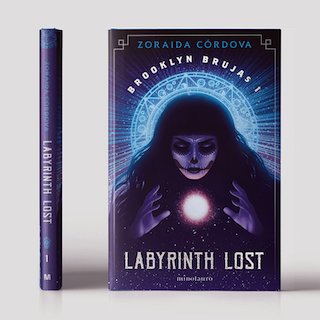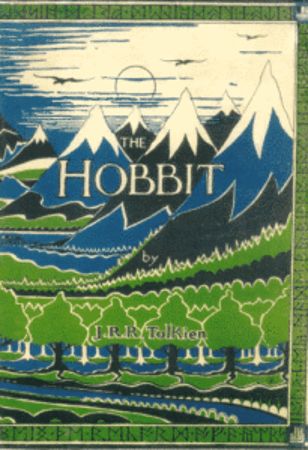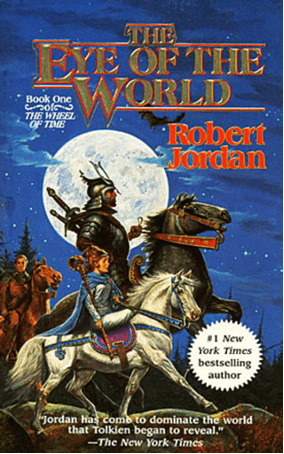What is a Fantasy Novel?
A fantasy novel is a subgenre of fiction that is often set in an imaginary world and features magic, mythical creatures, and other elements that are not found in the real world. The genre often focuses on the adventures and conflicts of characters who possess magical abilities or encounter mythical beings and creatures.
Fantasy novels differ from other novels in several key ways:
- Imaginary worlds: Fantasy novels are set in imaginary worlds that are different from our own, often featuring magical and mythical elements – this is one of the biggest appeals of the genre and what sets it apart from other fiction genres.
- Magic and mythical creatures: Fantasy novels often feature magic, mythical creatures, and supernatural elements that play a significant role in the story.
- Rules and systems of magic: Fantasy novels often have well-defined systems of magic and rules that govern the use of magic and its effects in the imaginary world.
- Hero’s journey: Many fantasy novels follow a hero’s journey story structure, where a protagonist sets out on a quest to achieve a goal and overcome obstacles.
These elements distinguish fantasy novels from other genres, such as science fiction, romance, and mystery, which may also feature elements of magic or the supernatural but often have a different focus or approach to storytelling.
Developing a Compelling Story
Writing a great story isn’t an art that can be learned by reading an online article or watching a video. It takes years of study and practice to gain the necessary skills of storycraft, self-critique, and revising your own work through an objective lens.
Read books. Read lots of books. Read good books and bad books. Ask yourself why some work and some don’t. Write stories. Write A LOT of stories. Send the stories to friends and family and coworkers and strangers. Ask for feedback – don’t ask for solutions – you want raw emotions. Did your story achieve your desired emotional effect?
Hero’s Journey
You’ll often hear about the Hero’s Journey when you get to planning to write your fantasy novel. It’s a story structure often attributed to American mythologist and writer Joseph Cambell, who studied myths from many civilizations across history.
From that study, a pattern emerged – a journey that a protagonist, or hero, embarks on, facing challenges and undergoing personal transformation along the way. These are the stages:
- The Call to Adventure: The hero receives a call or an invitation to embark on a quest or journey.
- Refusal of the Call: The hero initially resists or rejects the call to adventure.
- Meeting the Mentor: The hero meets a mentor or guide who helps prepare them for the journey ahead.
- Crossing the Threshold: The hero leaves their ordinary world and enters the special world of the quest.
- Tests, Allies, and Enemies: The hero faces tests and obstacles, meets allies and enemies, and begins to grow and change.
- Approach to the Innermost Cave: The hero approaches a crucial challenge or crisis that will determine the outcome of their journey.
- The Supreme Ordeal: The hero faces their greatest challenge and experiences a moment of transformation.
- The Reward: The hero is rewarded for their efforts and receives a valuable prize or insight.
- The Road Back: The hero returns home, bringing with them the lessons and insights gained from their journey.
- The Resurrection: The hero experiences a final transformation and emerges as a changed person, ready to re-enter the world.
The hero’s journey is a universal narrative structure that has been used in many different cultures and contexts, from classical myths and legends to modern-day films and novels. It provides a framework for exploring the growth and development of a character and the meaning and purpose of their journey.
It’s best thought of as a helpful tool, a guiding light. Not all stories follow the structure of the hero’s journey, and not all stories that do are good. But it should be mentioned that the hero’s journey is extraordinarily popular in the fantasy genre.
Subvert your readers’ expectations
Don’t write a story that’s been written already. Not in a plagiarizing way, but in the sense of cliches and reader expectations. The last thing you want your story to be is predictable – because if it’s predictable, that means it’s boring.
Think about how you can write your fantasy novel differently. By surprising your readers not only with character reveals and a steady stream of new information, but with dramatic changes in the direction of the story, your readers will feel excited and want to read more.
If, in one sequence, your characters are tasked with transporting a special talisman to a forest sage, for god’s sake don’t just let your characters bring the talisman to the forest sage. Have the characters be mobbed by giant spiders – or better yet, have a thief take the talisman! Even better, have them finally arrive at the forest sage’s hut only to find that it is derelict, long deserted and overtaken by vines…
Crafting Interesting Characters
No matter how many twists and turns and wrinkles we insert into the plot, that little sequence of transporting the talisman through the forest would be boring if we didn’t care about the characters we were with.
Build a Strong Protagonist
Stories are most effective when they depict change. Without it, you’d just have descriptions. The Protagonist – the lead character and focal point of your story – is often the subject of the most change.
The person your Protagonist starts as will change over the course of the story – beaten a little with every obstacle and reversal of fortune – into the opposite of who they are at the start.
- A coward turns into a courageous knight.
- A lonely ranger comes to not only appreciate, but trust his newfound friends.
- A noble sorcerer, stuck in his ways, learns that sometimes it’s necessary to use dark magic against evil.
Supercharge your villains and supporting characters
A villain, or antagonist, should be thought of as the diametric oppositional force to your protagonist. The antagonist is, in a sense, the driver of change in your protagonist.
If you’re having trouble, get to know your characters. Ask yourself as an author questions about their lives, hopes and dreams. Anytime you’re unsure of what should happen next, look into your characters for the answer.
If you’re really stumped, try to write a draft of your fantasy novel from the antagonist’s perspective. Everyone is the hero of their own story. This will give you insight and a better understanding of your characters.
Editing Your Fantasy Fiction Book Cover
 Finally, you’ve finished your novel. Now you’re on the final stage: designing your book cover. This can be a tricky process, but it’s worth taking the time to make sure that the design captures the right aesthetic and stands out from other similar titles. Whether you design it yourself or use a book cover design service, it’s worth paying mind to these key design elements:
Finally, you’ve finished your novel. Now you’re on the final stage: designing your book cover. This can be a tricky process, but it’s worth taking the time to make sure that the design captures the right aesthetic and stands out from other similar titles. Whether you design it yourself or use a book cover design service, it’s worth paying mind to these key design elements:
Typography
Pick a font that matches the tone of your story. The perfect font encapsulates the personality and tone of your writing.
Fantasy novels can be funny, romantic, horrific, serious, all of the above and more! There’s a font for every possibility.
Color Scheme
Draw out the conflict between your protagonist and antagonist with a contrasting color scheme: blues and oranges; reds and greens; yellows and purples.
The human eye is instinctively drawn towards these opposites and you can use this to your advantage when crafting an eye-catching book cover.
Imagery
Whether it’s a photo or an illustration, your fantasy cover image needs to attract eyes first and foremost if your goal is sales. Better yet, it should reflect the content – thematic or storywise – of your novel.
Go to a bookstore and notice what strikes you and what doesn’t. Observe covers both inside and outside of the fantasy genre. Draw inspiration and create a couple drafts. Show off the mockups to friends and family to determine which idea is the most effective.
Famous Examples of Fantasy Book Covers
The Hobbit by J.R.R. Tolkien
The Hobbit, a children’s novel and the predecessor to the masterwork Lord of the Rings, is one of the greatest book covers.

The picturesque river, forest, mountains, and cloudy sky peppered with birds tells all you need to know about this tale: adventure awaits.
The Eye of the World by Robert Jordan

Robert Jordan’s first Wheel of Time novel is a prime example of laying your cards on the table. A brave knight and a young sorceress lead an adventuring party on horseback under the full moon. Simple, effective, and accurate.
It’s Dangerous to Go Alone, Take This:
Now that you know what to do, all there’s left is for you to start writing your own fantasy novel. Writing is a bit like a fantasy quest in itself: it’s going to be a tough journey filled with many obstacles, but if your will is strong enough, you can move mountains. Get out there and write a fantasy novel!




